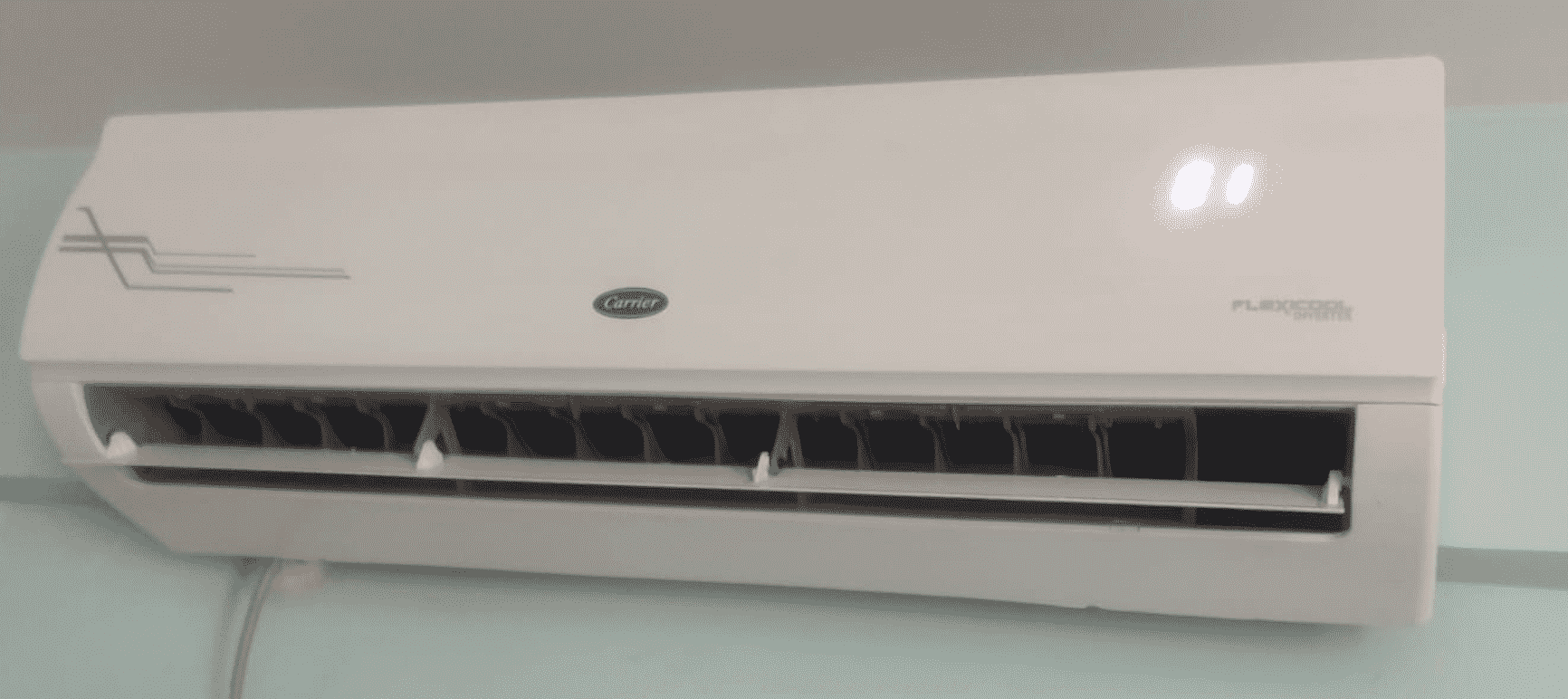Inverter air conditioners, such as those from Carrier, are designed to operate efficiently and effectively in a wide range of voltage conditions. They include built-in voltage stabilization technology that allows them to handle voltage fluctuations without the need for an external voltage stabilizer. However, it is important to note that while inverter ACs are designed to handle voltage fluctuations, they still have a recommended voltage range within which they are designed to operate. If the voltage at your location consistently falls outside of this range, it may be beneficial to use a voltage stabilizer to protect the AC from potential damage.
Understanding Carrier Inverter AC’s Voltage Stabilization Technology
Carrier’s inverter air conditioners are equipped with advanced voltage stabilization technology that allows them to handle a wide range of voltage fluctuations. This technology works by continuously monitoring the incoming voltage and adjusting the internal components to maintain a stable and consistent power supply to the AC unit.
The key components of Carrier’s voltage stabilization technology include:
- Voltage Sensor: The AC unit is equipped with a voltage sensor that constantly monitors the incoming voltage. This sensor is capable of detecting even the slightest variations in voltage.
- Microprocessor-based Control: The voltage sensor data is fed into a microprocessor-based control system that analyzes the voltage fluctuations and makes real-time adjustments to the internal components.
- Voltage Regulation Circuitry: Based on the voltage sensor data and the microprocessor’s analysis, the voltage regulation circuitry adjusts the power supply to the various components of the AC unit, ensuring a stable and consistent voltage is maintained.
- Surge Protection: The voltage stabilization technology also includes built-in surge protection, which helps to safeguard the AC unit from sudden voltage spikes or surges that could potentially damage the internal components.
Recommended Voltage Range for Carrier Inverter ACs

While Carrier’s inverter air conditioners are designed to handle a wide range of voltage fluctuations, they still have a recommended voltage range within which they are designed to operate optimally. This recommended voltage range is typically between 198V to 264V for single-phase units and 380V to 415V for three-phase units.
If the voltage at your location consistently falls outside of this recommended range, it may be beneficial to use a voltage stabilizer to protect your Carrier inverter AC from potential damage. The voltage stabilizer will help to ensure that the AC unit receives a stable and consistent power supply, even in the face of voltage fluctuations.
Selecting the Right Voltage Stabilizer for Carrier Inverter AC
When choosing a voltage stabilizer for your Carrier inverter AC, it is important to select one that is compatible with the specific voltage and current requirements of your AC unit. Here are some key factors to consider:
- Voltage Rating: The voltage stabilizer should be rated for the same voltage range as your Carrier inverter AC. This is typically 198V to 264V for single-phase units and 380V to 415V for three-phase units.
- Current Rating: The current rating of the voltage stabilizer should be equal to or greater than the maximum current draw of your Carrier inverter AC. You can find this information in the AC unit’s technical specifications.
- Surge Protection: The voltage stabilizer should also have built-in surge protection to safeguard your AC unit from sudden voltage spikes or surges.
- Compatibility: Ensure that the voltage stabilizer is specifically designed and compatible with Carrier inverter air conditioners. Using a generic stabilizer may not provide the same level of protection and could potentially cause compatibility issues.
- Reputable Brand: Choose a voltage stabilizer from a reputable brand that is known for its quality and reliability. This will ensure that the stabilizer provides the necessary protection for your Carrier inverter AC and lasts for a long time.
Installation and Maintenance of Voltage Stabilizer for Carrier Inverter AC
Once you have selected the appropriate voltage stabilizer for your Carrier inverter AC, the installation process typically involves the following steps:
- Disconnect Power: Ensure that the power to the AC unit is turned off before attempting to install the voltage stabilizer.
- Mounting: Mount the voltage stabilizer in a suitable location, typically near the AC unit, following the manufacturer’s instructions.
- Electrical Connections: Connect the voltage stabilizer to the power supply and the AC unit’s power input, ensuring that all connections are secure and properly grounded.
- Commissioning: Power on the voltage stabilizer and the AC unit, and verify that the stabilizer is functioning correctly by checking the voltage readings and monitoring the AC unit’s performance.
Regarding maintenance, it is recommended to periodically inspect the voltage stabilizer for any signs of wear or damage, and to clean the unit as per the manufacturer’s instructions. Additionally, it is important to ensure that the voltage stabilizer is compatible with any future upgrades or modifications to the Carrier inverter AC unit.
Conclusion
In summary, while Carrier inverter air conditioners are designed to handle voltage fluctuations without the need for an external voltage stabilizer, using a stabilizer can provide additional protection if the voltage at your location consistently falls outside of the AC’s recommended voltage range. When selecting a voltage stabilizer, it is crucial to choose one that is compatible with the specific voltage and current requirements of your Carrier inverter AC unit. Proper installation and maintenance of the voltage stabilizer will help ensure the long-term reliability and performance of your Carrier inverter AC system.
